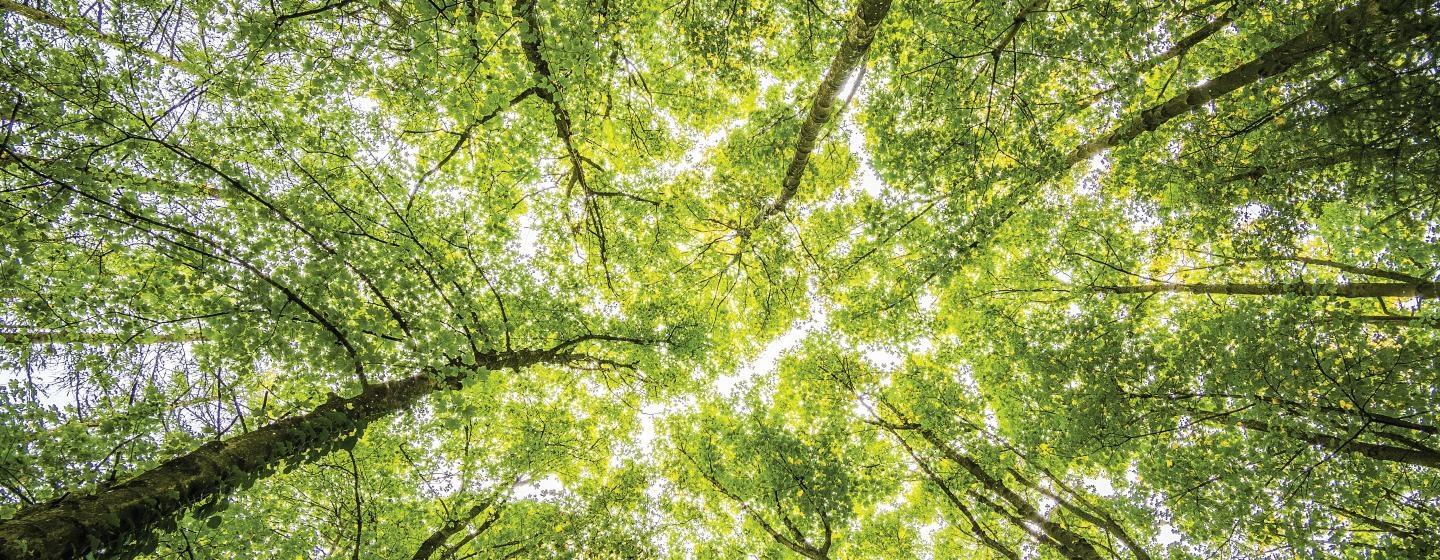The water in the canals of Venice is clear to the bottom. Satellite images show clear skies over cities in China, India and the United Sates. Since the coronavirus outbreak, the drastic reduction in activity around the world, especially travel, has resulted in noticeable changes in the environment. This evidence raises questions about humanity’s relationship to the natural world and the potentially detrimental effects people can experience as a result.
Air Pollution and Human Health
Jaime Mirowsky, Assistant Professor at SUNY College of Environmental Science and Forestry and a specialist in air quality and human health says “exposure to high levels of air pollution has been associated with respiratory and cardiovascular diseases,” as well as risk factors for numerous other diseases. Poor air quality, she continues, can influence metabolic parameters like changes in insulin levels. All of these, Mirowsky concludes, appear to be risk factors that could make someone more susceptible to coronavirus.
To understand how severe of an effect air pollution has on human health to begin with, the Journal of the American Medical Association published the findings of a study in November, 2019, which concluded that the deaths of some 200,000 Americans annually can be traced to exposure to fine particulate matter in the air.
Mirowsky pointed to a study of the 2008 Beijing Olympics, which was analyzed for the before-and-after effect of improving air quality. The government of China acted to limit emissions in an effort to put air quality in Beijing on a par with previous host cities. Stricter emissions guidelines reduced the amount of pollutants in the air, like sulfur dioxide, carbon monoxide and nitrogen dioxide. As a result, participants in a University of Southern California study showed improved cardiovascular health across the board. When the games ended, emissions guidelines returned to pre-Olympics levels. As a result, the cardiovascular health of the study’s participants returned to pre-Olympics levels, also, but they were young and healthy. Researchers speculated that that the mitigation levels in older and less healthy subjects would have been even greater. And those are the same populations currently most susceptible to contracting COVID-19.
Habitat Intrusion and Exposure to Unknown Viruses
The improvement in air quality in China led to documented improvement in human health in a little over a month. Another environmental dilemma, ecosystem destruction, is also a factor in human exposure to novel viruses. It can take decades, though, for the effects of this intrusion on natural landscapes to be reversed.
Kate Jones, Professor of Ecology and Biodiversity at University College of London says that humans “are changing landscapes and encroaching into systems at a scale that we have never done before.” Peter Daszak of Columbia University and President of the EcoHealth Alliance explains that these changes and intrusions can accelerate the transmission of viruses, saying “we allow the viruses [animals] carry, that we’ve never been exposed to in our history, to emerge into our populations.” Daszak led a study of emerging diseases that concluded that land use change, primarily turning tropical forests into agricultural land, accounts for 30% of emerging diseases.
Peter Ostfeld, disease ecologist at the Cary Institute of Ecosystem Studies in Millbrook, NY, explains that there are “winners” and “losers” when natural ecosystems are destroyed. The “losers” are large animal species that need large, undisturbed areas to survive. The “winners” are what Ostfeld calls “‘weedy’ species,” like rates and mice, “that exploit disturbances and human presence.” It is these species “that harbor viruses and other pathogens that can jump to us.” The negative effect that air pollution has on human health is made more perilous by human intrusion into ecosystems. As Ostfeld says, “habitat destruction and degradation can reduce the health of these animal hosts which in turn compromises their immunity and allows pathogens to spread.”
“Habitat destruction and climate change,” Ostfeld argues, “pose myriad threats to our health and well being,” viruses included, as the world has learned to devastating effect. Viruses, though, are just one of the concerns, now and moving forward, that humans have to take into account when considering our relationship with the natural world. “We continue these destructive practices,” Ostfeld concludes, “because we prioritize the short-term gains for relatively few of us and ignore the long-term suffering by all the rest of us. It is not impossible to change this false calculus, but we don’t have endless time to get it right.”
The Way Forward
There are still many environmental questions to answer about this specific virus, but protecting large, natural habitats from disturbances can lessen the likelihood of diseases emerging regardless. “In this way,” Ostfeld argues, “sound environmental policy is also sound public health policy.” Mirowsky is encouraged that more sound environmental and public health policies could be an outcome of the current crisis, pointing out that “scientists are pooling their resources and working together for the greater good. That is the attitude I think we have been missing.” She believes that so much more good can come about if cooperation and not competition becomes the principal motivating factor in doing scientific research. She hopes “that is a silver lining at the end of this experience.”





